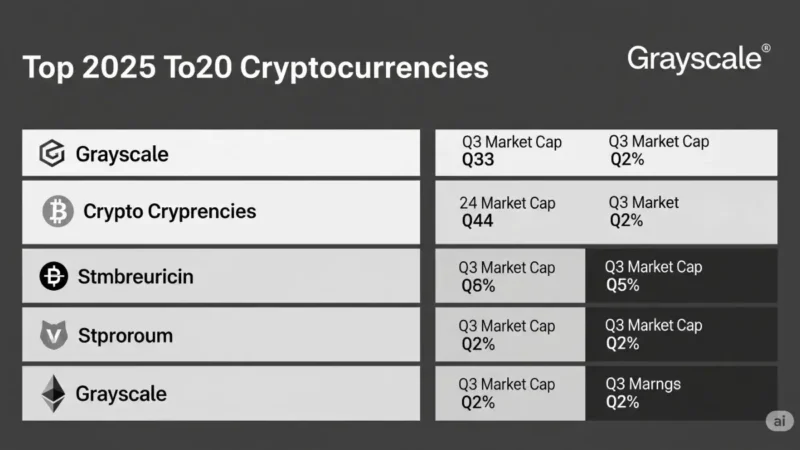Is Coinbase Fooling Customers With USDC?

Is Coinbase fooling its customers with its own USDC stablecoin? Gabor Gurbacs, advisor to the competing company Tether, accuses the crypto exchange. Intentional misrepresentations by the US company would harm the entire industry, he explains.
Is Coinbase Fooling Customers With USDC? Tether Advisor complains
Is Crypto Exchange Coinbase Fooling Clients With USDC? The USD Coin is the second largest stablecoin after Tether (USDT). The functionality of both products is very similar – after all, USDC is based on the pioneer USDT. An advisor to the largest stablecoin company Tether is now complaining about the way the competition is portrayed.
Specifically, it is about the term “rewards”. Coinbase promises this to its customers if they hold the stablecoin USDC on the trading platform. Yesterday, the US company announced it would increase the reward to 4.6 percent of the amount held.
In effect, this is interest, a word Coinbase appears to be intentionally avoiding using. Tether advisor Gabor Gurbacs has been bothered by this behavior for a long time. He denounces the representation again and again.
“I’m not sure why Coinbase uses the word “reward” for its USDC rates when the underlying investment is clearly Treasury bonds paying “yield”/”interest” from Center to Circle and Coinbase and from these onwards passed on to their customers,” says Gurbacs.
USDC is published by the Center consortium. It is a cooperation between the two US financial companies Circle and Coinbase.
Coinbase reflects badly on the crypto industry
According to Gurbacs, this behavior reflects badly on the entire crypto industry. End users would perceive interest as a loyalty program. In reality, however, Center exchanges the specially created digital tokens USDC for fiat currencies such as the US dollar.
Center then invests the money thus gained in profitable investments – often government bonds that are as safe as possible, as their repayment usually takes place reliably within the framework of a predetermined schedule.
Both Center and its direct competitor Tether primarily buy US government bonds. Surplus gained through interest allows firms to generate high profits.
Centralized stablecoin issuers generally use this method, even when their own tokens are actively used. The fact that funds, which should actually stabilize the stablecoin as a reserve, are used for investments, repeatedly provokes criticism in the crypto scene.
“Coinbase should not pretend they run a loyalty program. Passing on the interest earned on Treasury securities is not a loyalty program. It is a structured income product. Such machinations bring shame to several industries,” explains Gurbacs on Twitter.
The consultant had already chalked up missing information to Coinbase in February. Although users can find out on the information pages of the crypto exchange that the funds they invest generate income, why this happens and where they come from is not mentioned there.
“This practice just shows people how unreliable Coinbase is,” one user wrote of Gurbac’s criticism. “And not only that… it causes years of work, damage and distrust from the authorities for others to eliminate,” he replied.
Centralized stablecoins are considered a particularly risky pole of unrest on the crypto market. Both Tether and Center initially promised customers a 1:1 reserve deposit. In both cases, this ultimately turned out to be a scam.
This could result in companies becoming insolvent if many users suddenly want to exchange their money back for the US dollar shown. Coinbase wants to keep USDC on its own crypto exchange with incentives to avoid providing actual consideration.



